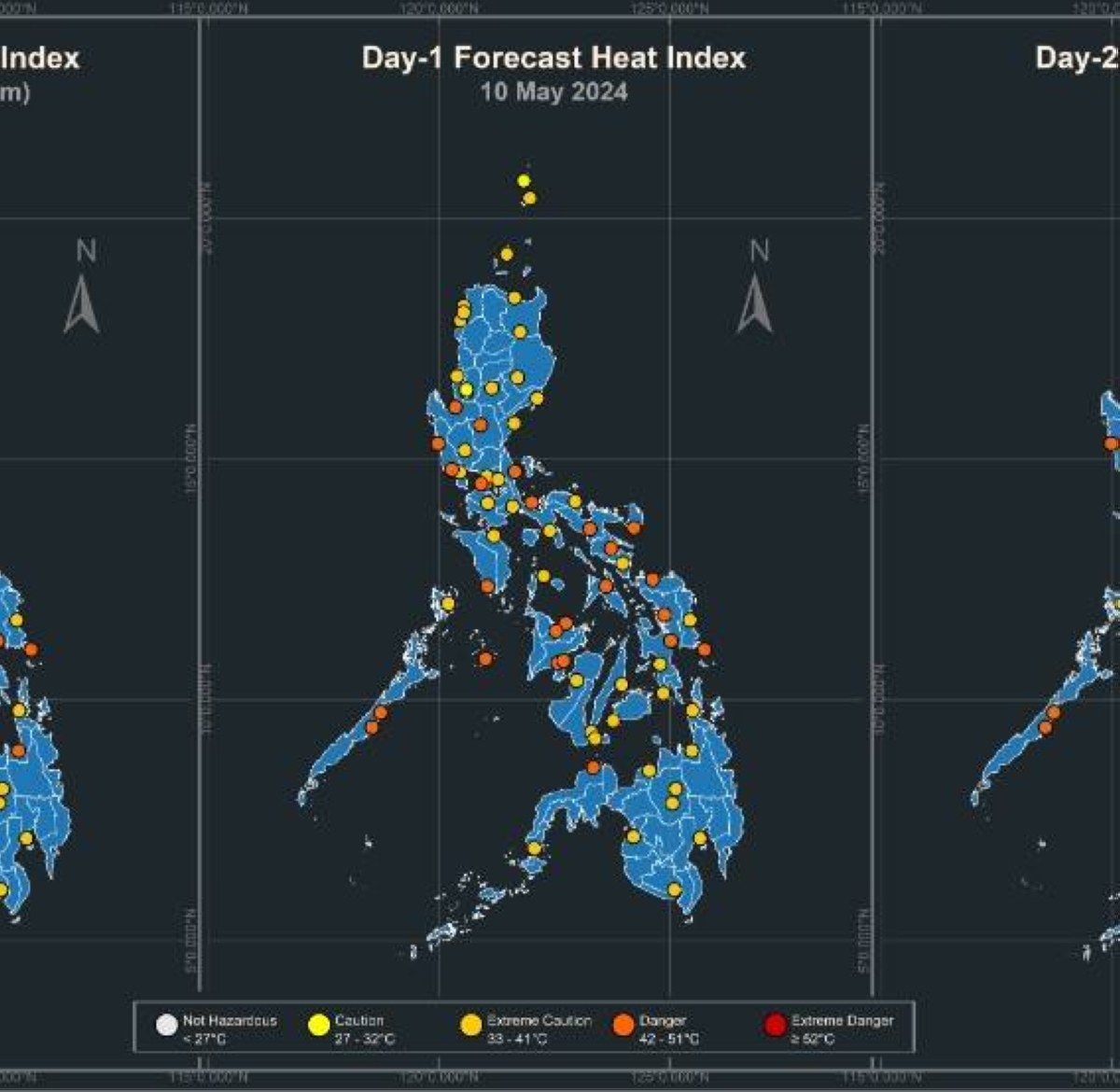Manila, Philippines: El Niño Phenomenon Expected to End Next Month
The Philippines has been grappling with the devastating effects of the El Niño phenomenon, but there is some good news on the horizon. According to Nathaniel Servando, the administrator of the Philippine Atmospheric Geophysical and Astronomical Services Administration (PAGASA), the El Niño is expected to weaken and come to an end next month. This announcement brings hope to the country, which has been severely impacted by the prolonged dry spell.
Servando, in an interview with The Manila Times via Viber, explained that while the El Niño is starting to weaken, its effects will still be felt in the coming days. However, based on data and analysis, Servando stated that the onset of the rainy season could be declared between June 1 and June 15. He also mentioned that localized thunderstorms and afternoon showers can be expected during the second half of May.
Despite the projected timeline for the rainy season, Servando cautioned that the El Niño could still continue to affect the country beyond June 15. This means that the wet season may be delayed, prolonging the challenges faced by the agricultural sector and other affected areas.
In addition to the impact on rainfall patterns, Servando also discussed the possibility of tropical cyclones forming or entering the Philippine Area of Responsibility (PAR) until the end of the year. He estimated that 13 to 16 tropical cyclones could occur during this period. The first cyclone, named “Aghon,” is expected to enter PAR early next week and may affect areas in Mindanao.
To provide a comprehensive understanding of the current weather conditions, Weather Specialist Aldczar Aurelio highlighted the influence of the frontal system and the easterlies. The frontal system, which is a transition boundary separating two air masses with different temperature and humidity properties, is currently affecting extreme northern Luzon, particularly Batanes and Cagayan. These areas will experience scattered rain showers and thunderstorms. On the other hand, the easterlies, warm and humid winds, will affect larger areas of the country, bringing hot and humid weather over the weekend.
The El Niño phenomenon has already caused significant damage to the agricultural sector, with estimated losses amounting to P4 billion. The prolonged dry spell has resulted in crop failures, water shortages, and adverse effects on livestock. The end of the El Niño will be a relief for farmers and communities that heavily rely on agriculture for their livelihoods.
It is crucial for the government and relevant agencies to continue monitoring the weather conditions and providing timely updates to ensure preparedness and mitigate the impact of any potential extreme weather events. The information shared by PAGASA serves as a valuable resource for individuals, communities, and industries to make informed decisions and take necessary precautions.
As we look forward to the end of the El Niño phenomenon, it is essential to remember the importance of sustainable practices and resilience in the face of climate change. The experience of the Philippines with El Niño highlights the vulnerability of agricultural systems and the need for long-term strategies to adapt to changing weather patterns.
In conclusion, the announcement of the expected end of the El Niño phenomenon brings hope to the Philippines. However, it is crucial to remain vigilant and prepared for any potential changes in weather patterns. The insights provided by PAGASA and weather specialists contribute to a better understanding of the current situation and enable individuals and communities to make informed decisions. Let us continue to prioritize sustainable practices and resilience as we navigate the challenges posed by climate change.







